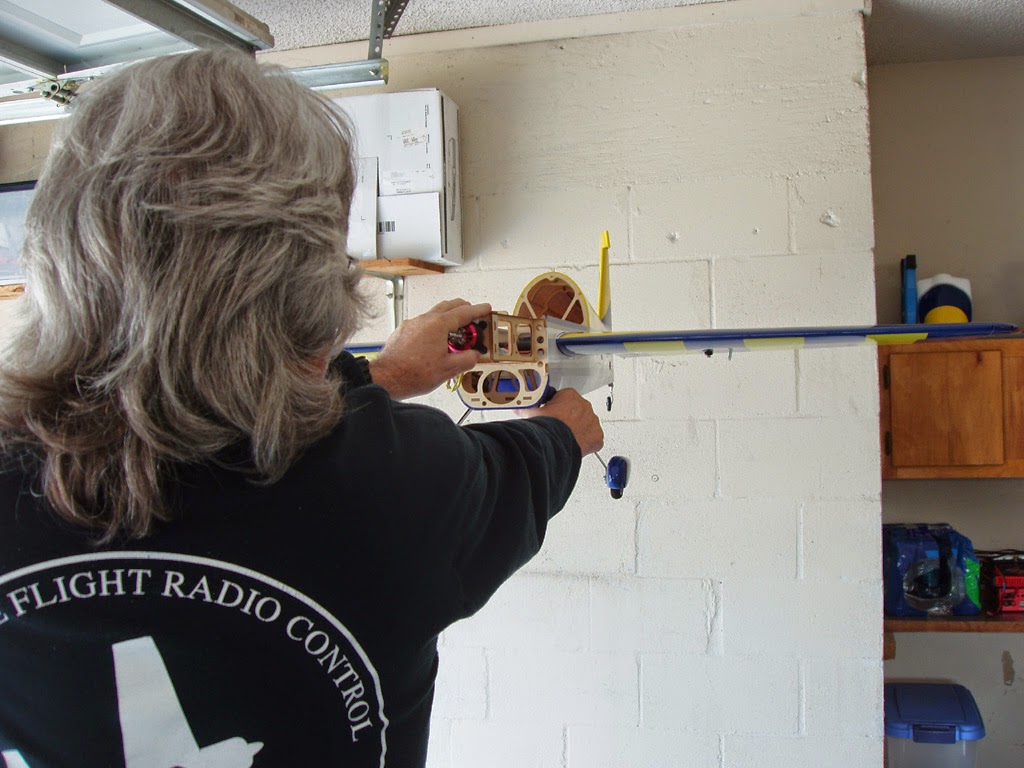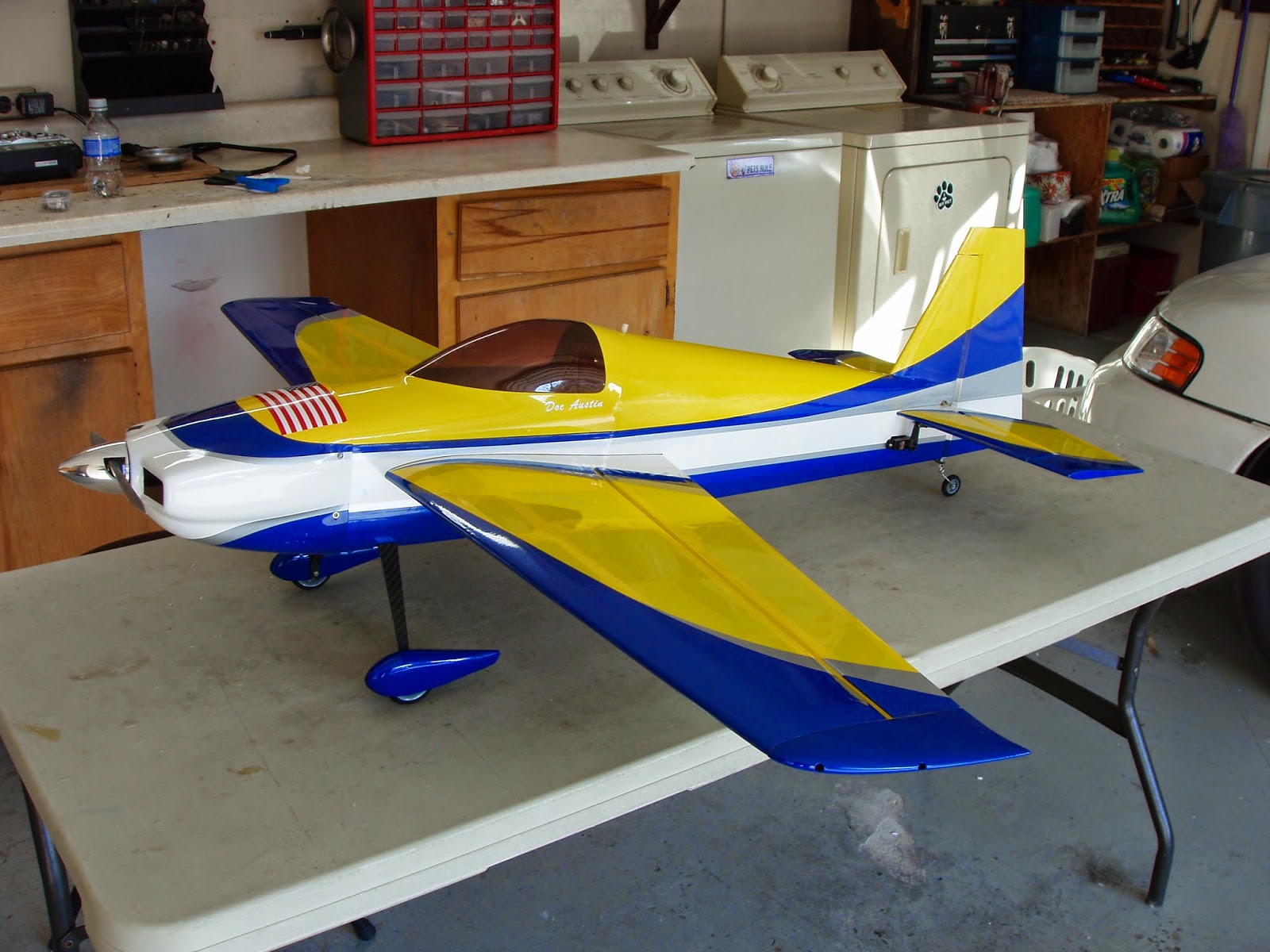It's been a while since we put out any slow motion videos. While we don't have a slo-mo camera any more, you can get the same effect with editing software, only it seems the resolution suffers. When I switched from Windows XP to windows Seven, the resolution and quality of my video took an enormous leap, so I figured slo-mo would work better on Seven too.
Using Windows Seven Movie Maker I cut the film speed in half (0.5) and the results were much better than I was expecting. Resolution still suffers a little, but the overall quality is more than acceptable. It's not as good as full speed in good lighting, but considering the conditions I am pleased enough.
We have had an unusually nice January in Florida. In fact, so far there has only been one or two days that I have actually had to wear a jacket at the field, and most of the time it's been in short sleeves too. As a result we have been flying a lot, and every day we have had beautiful, blazing sunsets. We generally get nice sunsets at SPARKS, but this year it's really been out of the ordinary.
This is my favorite time to shoot video because it just feels right. A nice flight is the perfect way to end the day. Usually by that time of day all the traffic on nearby I75 (which you can see in the background toward the West) has thinned out and it is not so noisy, and if you put in a good flight it can be a soulful experience.
When watching video, when you have more time to actually watch what's going on instead of flying the plane, you can see subtle little things like the light moving around on the plane when you turn or tumble. With the sun behind the hill, the plane is moving in and out of the shadows. You have to be careful to maintain orientation, but it's very rewarding to put in a good flight.
If the light hits the plane the right way you can get little reflective flashes off the covering and sometimes a little sparkle or two. Visually, it is downright beautiful. Once you throw in the slo-mo effect and a soulful soundtrack, you end up with an eerily beautiful presentation.
Edge EXP Another Endless Sunset In Slo Mo from Doc Austin on Vimeo.
In slo-mo, you can also see some really interesting things in the airplane's behavior. In the second clip I turn the airplane really hard on the rudder right as I popped it into a low level wall maneuver, and you can see the plane spins around so fast that for an instant it is actually travelling backwards. In another maneuver I am inverted and push down elevator really hard. the plane rotates as it arcs up and for a brief instant the wings and fuselage are level with the ground, but the plane rising straight up. Mostly in slo-mo you can clearly see how the plane is sliding around like a car on a wet road, usually not pointed in exactly the same direction it is going.
Also in tumbling maneuvers, it is interesting to watch how the plane goes into and recovers from a stall. The Edge is so solid here that it is not as dramatic as with other planes, and in fact it is in slo-mo that you get the best view of how rock solid the plane is all the way around. Slo-mo gives away and exposes little mistakes because you have time to see them better, but with the Edge you notice how stable it remains more than anything.
I learn a lot about 3D flying just by studying the plane's behavior in the light of critical slo-mo. It also helps me pinpoint some of the things I am doing wrong and helps me improve my game.
Both of these videos were shot in regular speed and then slowed in editing. A five minute flight gives you 10 minutes off footage to work with, and you end up cutting out a lot of straight line and climbing/diving flight. You end up with constant action and very little of the just flying around parts.
While we have been shooting so much, the video has been stockpiling up and I've got to get it out before I get backlogged. This video is not slo motion. It's actually the full speed version of the second slo-mo video. You might find it interesting to compare the two.
We have done so much with the edges lately that I think we need to balance it out a little with a Yak EXP sunset slo-mo video. This video was previously titled "Hell Yeah," and you can see how much different the slo-mo treatment makes everything look.
Yak EXP Red Skies Slo-Mo Set Up from Doc Austin on Vimeo.
And, while we are at it, let's not leave the awesome 64" MXS out of the slo-mo mix....
MXS EXP Slo - Mo At Sunset from Doc Austin on Vimeo.
Thank You Extreme Flight And Thunder Power
We are going into our eighth year with advanced Energy's Thunder Power brand, and they have been a most wonderful partner. They don't put any demands on me and always make sure I have what I need to do the job.
Looking back to 2008, this is when I first started representing Extreme Flight through the Torque and Airboss brands, and in 2011, I became a full Team Extreme member, so we are celebrating a lot of years with those nice folks too.
There is no way I could do the things I do without their support, so they are the ones that make it all happen and I could not be more grateful.
With all of these companies, I was a customer long before I became a representative. I came to represent these companies strictly because I had such good experience with their products and customer support. I believe in these companies, these people, and these products, and I certainly don't mind saying so.
Looking forward, we will be improving our relationship with Hitec RCD, and you might even see me flying an Aurora 9 or Flash 7 radio later in the year. Like any good relationship, this is taking time, but it is better to move slowly, and to build trust and respect solidly. Hitec servos have served me really well, and their customer service has been unparalleled. We have a good, if unofficial, relationship, and I see that only getting better.














































